
Women with endometriosis seeking pain relief may want to consider cannabis or cannabidiol (CBD), according to a recent study presented at the 2019 American Association of Gynecologic Laparoscopists Global Congress.

Women with endometriosis seeking pain relief may want to consider cannabis or cannabidiol (CBD), according to a recent study presented at the 2019 American Association of Gynecologic Laparoscopists Global Congress.

A presentation at the 2019 AAGL Global Congress described how advanced administration of pre-operative oral analgesics could reduce patient usage of immediate post-operative opioid use following minimally invasive hysterectomy.

Results of new research from American Journal and Obstetrics & Gynecology suggest that naltrexone may be an option for pregnant women who use opioids.
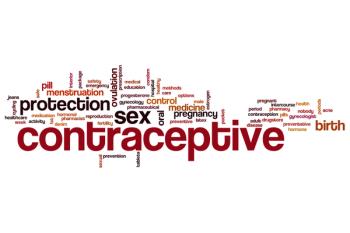
Continuation rates for long-acting reversible contraceptives (LARC) were high in a group of adolescent and young adult (AYA) women, according to a retrospective chart review in the Journal of Pediatric and Adolescent Gynecology.
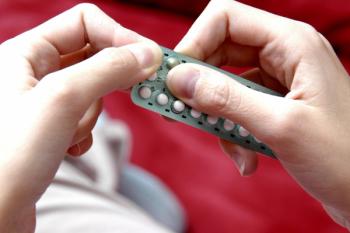
A JAMA Psychiatry prospective cohort study found that scores for depression were higher among younger adolescents who used oral contraceptives (OCs) than those who did not, but the connection did not remain when all included age groups of the study were combined.

A new analysis of data from the Women’s Health Initiative (WHI) suggests that older women who do regular physical activity-even just walking-may have a lower risk of fracture than their peers who are sedentary.

Results from a recently published study in Obstetrics & Gynecology suggest that fetal telecardiology may be a viable solution for mothers who live in remote areas.

A prospective cohort study in the American Journal of Obstetrics & Gynecology (AJOG) examined whether consumption of dairy products during adolescence can help reduce risk of subsequent endometriosis.
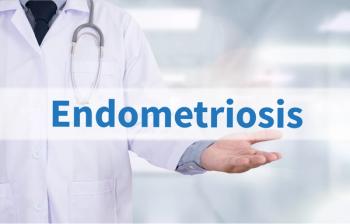
Newly published research in Gynecological Endocrinology assessed the quality of embryos and the implantation rate in women with infertility associated with endometriosis.
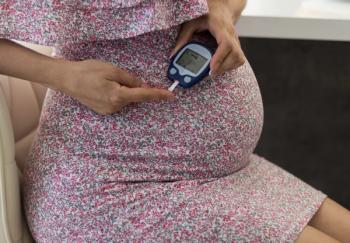
These are Contemporary OB/GYN's selections for five of the most noteworthy obstetric-focused studies that were published in October 2019.

The 90th annual Medical Economics Physician Report survey asked 134 ob/gyns about the secondary sources of their employment income in 2018.
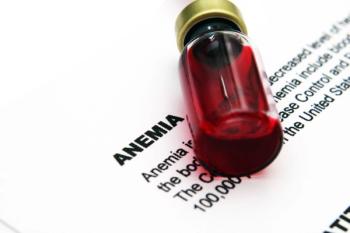
A new analysis of electronic health record (HER) data suggests that identifying and treating anemia in women who present for vaginal delivery may help lower risk of postpartum anemia.

Results of a new study suggest that the condition also may be associated with a long-term risk of cardiovascular disease (CVD) and death.

A recent research letter appearing in JAMA explored why maternal gastric bypass surgery may reduce risk to major birth defects in infants.

Results from a recently published study in Menopause indicate that higher endogenous estrogen exposure (EEE) and hormone therapy (HT) may lead to better cognition for women in later life.
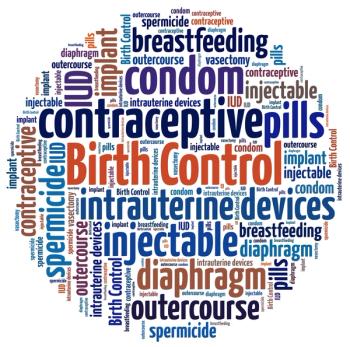
A recent presentation at the 2019 American Society for Reproductive Medicine Scientific Congress & Expo compared female sexual function (FSF) in three progestin-only contraceptives (POCs) among first-time users.

A new qualitative review from the Cochrane Collaborative provides insights on what the end users like and don’t like about this form of communication.

Presenting at the 2019 ASRM Scientific Congress & Expo, researchers from the University of Pennsylvania explored circulating androgen levels before and after cancer therapy, as well as sexual function.

As artificial intelligence increases its presence in medicine, ob/gyns are welcoming the technology with both excitement and trepidation.

As patients are exposed to more and more misinformation, ob/gyns have a responsibility to not just treat but also educate.

Many factors must be considered before prescribing hormones to women affected by migraine.
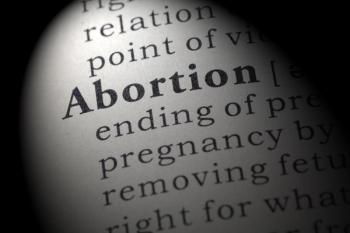
Although women face many obstacles to first-trimester abortion, challenges to second-trimester abortion are even greater.
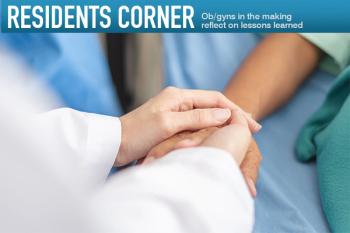
Although residency teaches doctors to deliver babies, how to deliver bad news must also be a part of the curriculum.

Ob/gyn, while late to the game, has the potential to climb the ranks as the specialty most instrumental to the use and development of AI.
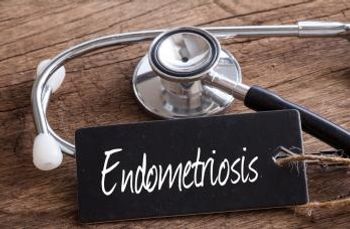
Endometriosis negatively impacts the quality of oocyte and ovarian reserve, according to a prospective study in the journal Gynecological Endocrinology.

A newly published study in Expert Review of Pharmacoeconomics examined the impact of endometriosis on employment and household productivity.

A new Swedish study indicates that the condition may be associated with higher risk of teenage birth, which could have negative health consequences for both the mothers and their babies.
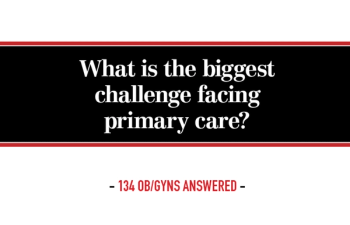
In a recent survey, 134 ob/gyns were asked about what they felt were the biggest challenges facing the specialty.

A recently published study found that providers are more likely to focus on the patient's contraceptive preferences when the patient has interacted with a contraceptive decision-support tool.

Sexual minority women (SMW) face many of the same barriers in obtaining and using contraceptives as those described by straight women, according to new research.